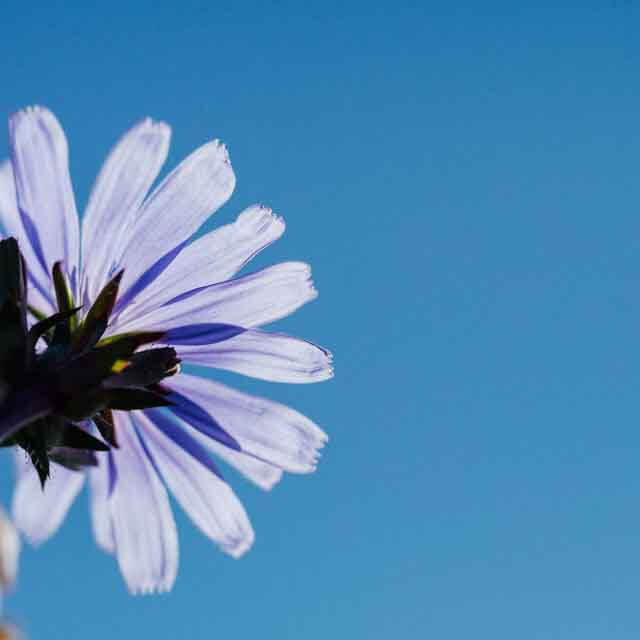Ahhh spring time – warm weather, green trees, and of course… colorful flowers everywhere you look. Strolling city sidewalks, through the park, or driving through the countryside, there are many varieties of blooming trees and plants.
I’ll be honest, most of the flowers I see, I have no idea what their names are. Other than Roses, Tulips, Daffodils, and Orchids, I really don’t know much. I can bet there are many others like me, that aren’t flower encyclopedias.
So here is a list of common spring flowers that you may not know the names of:
Pansy
One of the most popular spring garden plants, the colorful, cute, Pansy. Whenever I see them, I always think of Alice in Wonderland, when the flowers, some of which are pansies, start singing. Most of them are bi-colored, and have a sort of tie-dye effect like the ones above. They come in an array of colors: blue, red, yellow, white, pink, orange, purple, you name it.
Crocus
Crocus isn’t the prettiest name, but the Crocus flower is no doubt a lovely sight. The petals form an almost open tea cup that captures sunlight and illuminates the petals. Known for its delicate purple, it is mostly seen surrounded by other white and yellow Crocuses. Unlike Pansies, they are wild and pop up in meadows, forests, and parks.
Hyacinth
To keep the purple trend going, your non-traditional looking flower, Hyacinth is a popular spring garden plant. It originated in the Mediterranean, which makes sense because it looks a tower of little grape or olive like bulbs. The bulbs then open up to several little flowers that are bundled and topped on each other. They come in many colors but are notably known for its bluish-purple variety.
Scilla
Beautiful, delicate, and electric blue. They huddle together and coat fields, woodlands, and near the seaside. What’s better than large patches of blue among the lush green grass? It is known as the ‘Spring Beauty.’ It’s also a popular flower to plant in big parks and people’s yards if they’re big enough.
Forsythia
I don’t know about you guys, but flowering trees are probably my favorite part of spring. Purely for my visual pleasure, but my nose definitely suffers a lot. Named after an 18th century Scottish Botanist, William Forsyth, Forsythia is an Asian/Eastern European native that has made its way around the world to gardens everywhere. They look like little bushy trees aka shrubs, with stalks of bright yellow flowers. What says spring more than bright, bright yellow?
Bloodroot
Native to North America, from Canada to Florida, the Bloodroot is a sight to see. The petals are pristine and the yellow stamens bloom just above the petals. These beauties show themselves among the dead leaves and fallen branches. But you don’t want to touch them because they’re toxic to the skin but in some cases are used to treat tumors. They are called Bloodroots because they have bloody red roots.
Anemone
There are 150 species of the Anemone flower. We all know the sea anemone, but who knew there were anemone flowers? It resembles sea anemones because there’s a hole in the middle that’s a different color surrounded by a lighter color with the outside being another color, and is similarly shaped to it. There’s nothing more delightful than a bundle of pastel colored anemones – perhaps on an Easter Sunday.
Zinnia
These pretty things are southwestern treasures, but due to their unique beauty, they are in spring gardens and parks all over. These flowers have layered petals, sort of like the paper flowers you used to make in Elementary school. Even the stamens have tiny little flowers on them. These babies come in all colors. Make yourself a rainbow Zinnia garden!
Petunia
I’ve seen these flowers all my life, in my grandmother’s yard, and my Mom would plant them every spring as well. Embarrassingly, I’m just learning now that they’re called Petunias. Like Zinnia it’s a Southwestern plant that’s popular all over. The flower is closely related to tomatoes, chili peppers, and tobacco. It’s one of the most popular flowers to plant, so if you’re looking for a starter plant, Petunia is the way to go.
Peony
Peonies are native to Europe, Asia, and North America. They look like roses, but the texture is a bit more fluffy and paper-mache like. They come in girly colors like light pink, hot pink, rose pink…you get my drift. Another extremely popular garden plant, also common as cut flowers for vases. It really symbolizes spring because it’s pretty, lively, and not too harsh, just like spring.
You might have some of these in your garden if you love these and want to take better care of them check out some lawn care information and reviews.
Next time you’re curious about the name of a flower, just type in its description and find out the name and origin. Happy spring!










